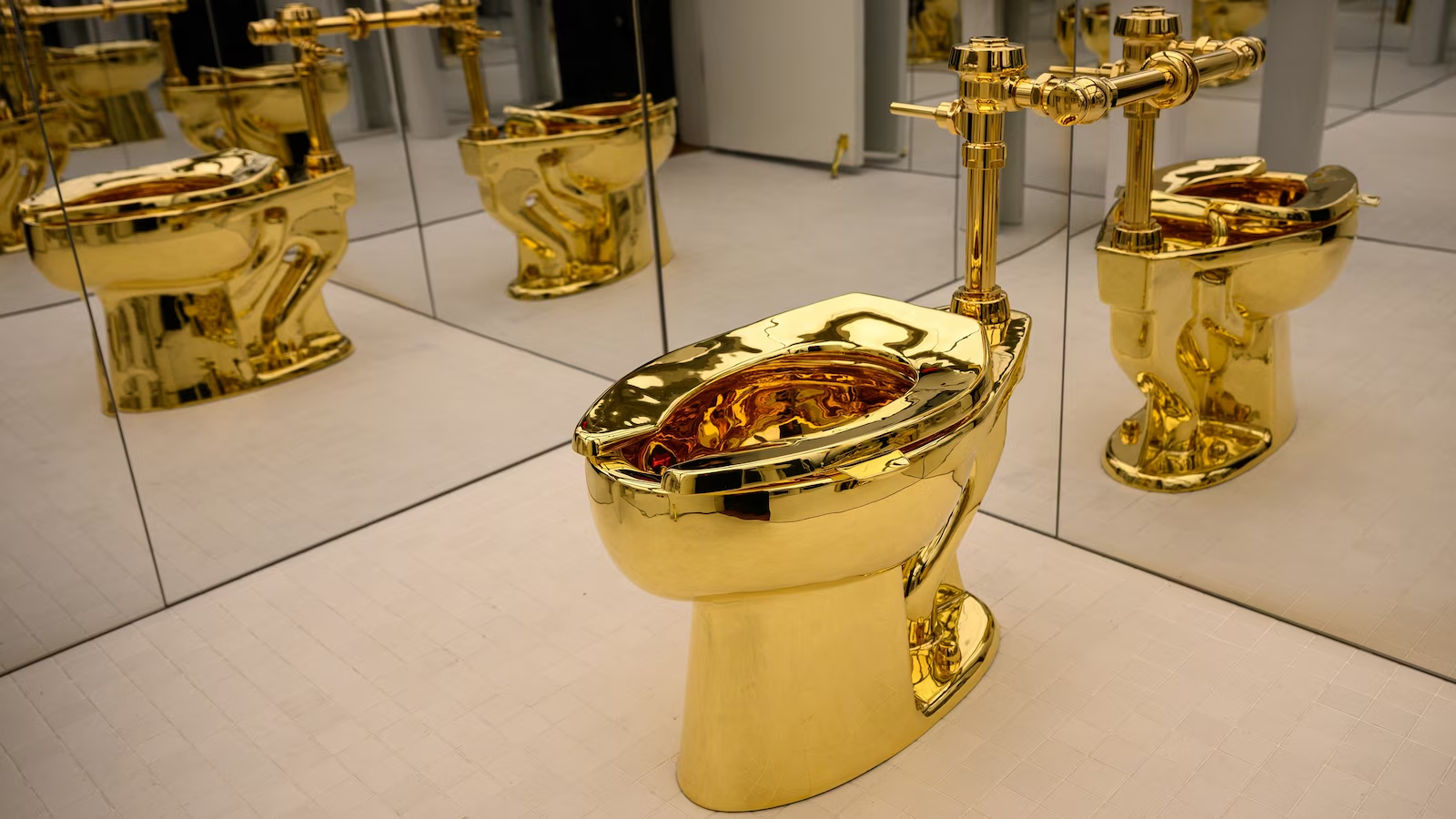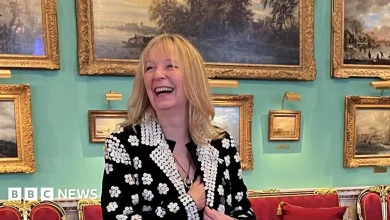What is Cartel de los Soles, which the US is labelling a terrorist organisation?

Raúl Benítez-Manau, an organised crime expert from Mexico’s UNAM university, says the group’s activities started in the late 1980s and early 1990s in response to developments in neighbouring Colombia, the world’s largest producer of cocaine.
At the time, the powerful Medellín Cartel, based in the Colombian city of the same name, was being dismantled and a major counter-narcotics offensive in the country was bearing fruit.
As established smuggling routes came under pressure, Mr Benítez-Manau argues, the Cartel de los Soles began providing alternative ways to transport cocaine from Colombia. It then strengthened during the early years of the presidency of Hugo Chávez, the left-wing president who led Venezuela from 1999 to his death in 2013, he says.
“Chávez liked to challenge the United States, and cut all military co-operation ties between the Venezuelan army and the US,” he explains.
Without the oversight of the US Drug Enforcement Administration (DEA), “some [Venezuelan] army officers felt free to do business with criminals”, Mr Benítez-Manau says.
Chávez’s sympathies with Colombia’s left-wing Farc guerrillas – which financed themselves largely through cocaine smuggling – were another factor in re-routing some drug trafficking through Venezuela, he says.
Facing military pressure at home, the guerrilla group moved some operations into Venezuela, safe in the knowledge that the Venezuelan president “saw them as leftist ideological allies”, Mr Benítez-Manau explains.
Wesley Tabor, a former DEA agent who worked in Venezuela, says the Farc not only found “a safe haven in Venezuela” but also many government officials, “from street-level police to the military aviation”, soon became their partners in drug trafficking.
Together, they “began flooding the US with hundreds of tonnes of cocaine”, he says.





